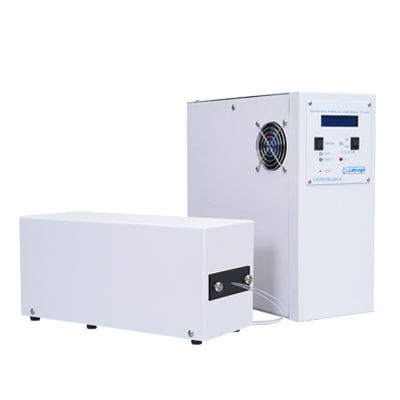
Gamma detector Gamma-RAMradiofor HPLC
Add to favorites
Compare this product
Characteristics
- Detected entity
- gamma
- Technology
- radio
- Application
- for HPLC
Description
The ideal system for all PET and nuclear medicine environments
For day-in day-out work with soft gamma emitters such as 125I, 99mTc, and intermediate gammas having energies up to about 1 MeV, the Gamma-RAM with its well- type Tl-activated NaI crystal and its heavy lead shield offers the best performance. Beta counters may be suitable for occasional measurement of 125I and 99mTc, though with lower counting efficiency. However, they are unsatisfactory for anything more energetic; counting efficiencies are low and sometimes unacceptable, and resolution is so poor as to preclude double-isotope analysis of two gamma emitters in the same sample.
On the other hand, a NaI crystal with its great stopping power for gammas gives high counting efficiencies, even for more energetic isotopes, as well as superior resolution which makes dual isotope counting practical.
The Gamma-RAM detector employs a hermetically sealed crystal/photomultiplier assembly. For use with HPLC eluates, two types of counting cells are offered:
A fixed volume cell, suitable for low energy emitters only, consisting of a Teflon tubing coil. Available sizes are from 10 uL to 200 uL.
When unusually high activity levels or more energetic isotopes are encountered, fixed volume cells made of stainless steel chromatography tubing are preferable. With the tubing bent into a U and surrounded by a lead or tungsten plug excepting at the bottom, cells may have exposed volumes as small as 5 ul. Such cells are especially useful for preparative work where the activity levels might otherwise overwhelm more conventional coil cells.
Catalogs
No catalogs are available for this product.
See all of Lablogic Systems‘s catalogs*Prices are pre-tax. They exclude delivery charges and customs duties and do not include additional charges for installation or activation options. Prices are indicative only and may vary by country, with changes to the cost of raw materials and exchange rates.





